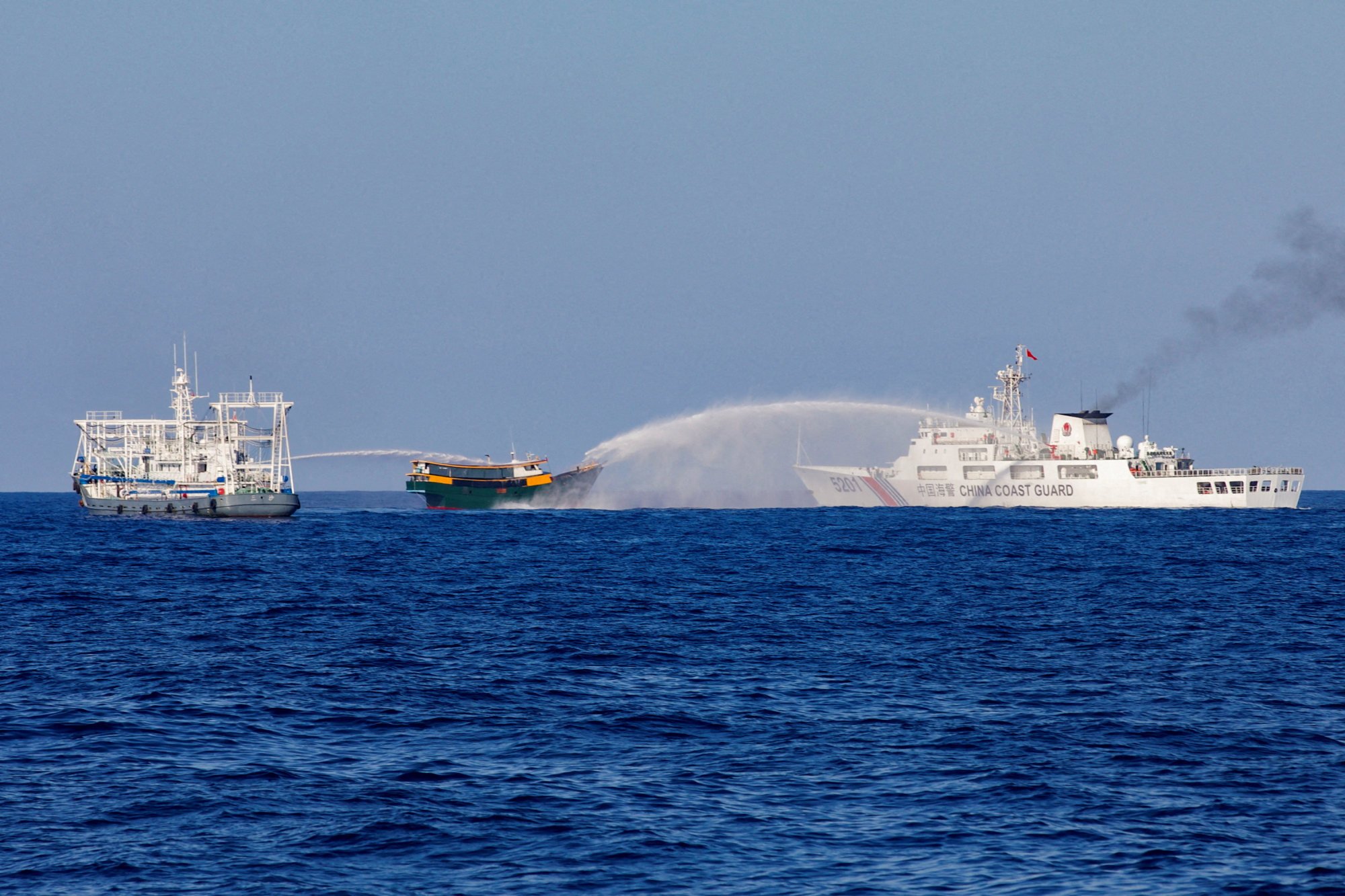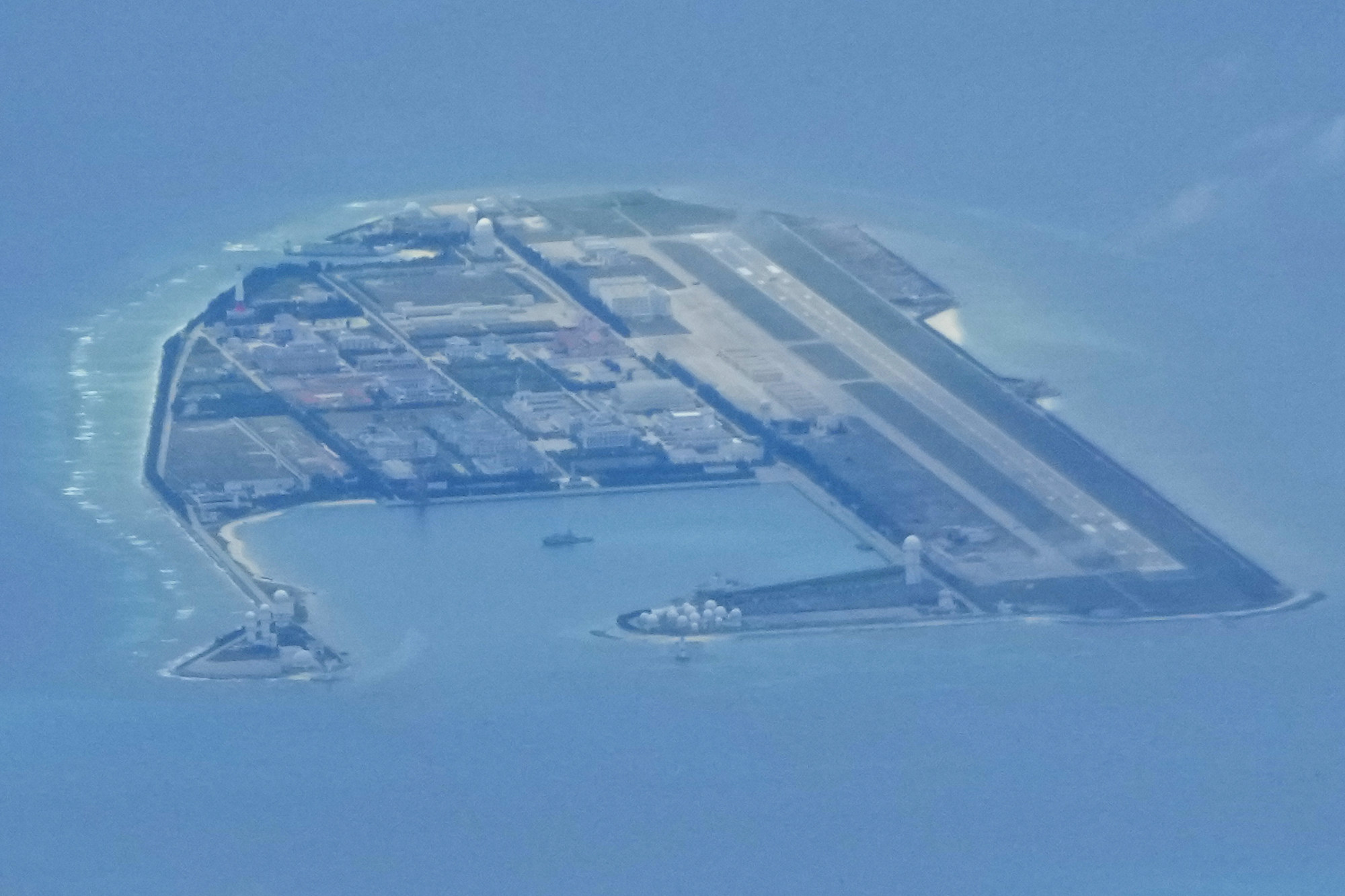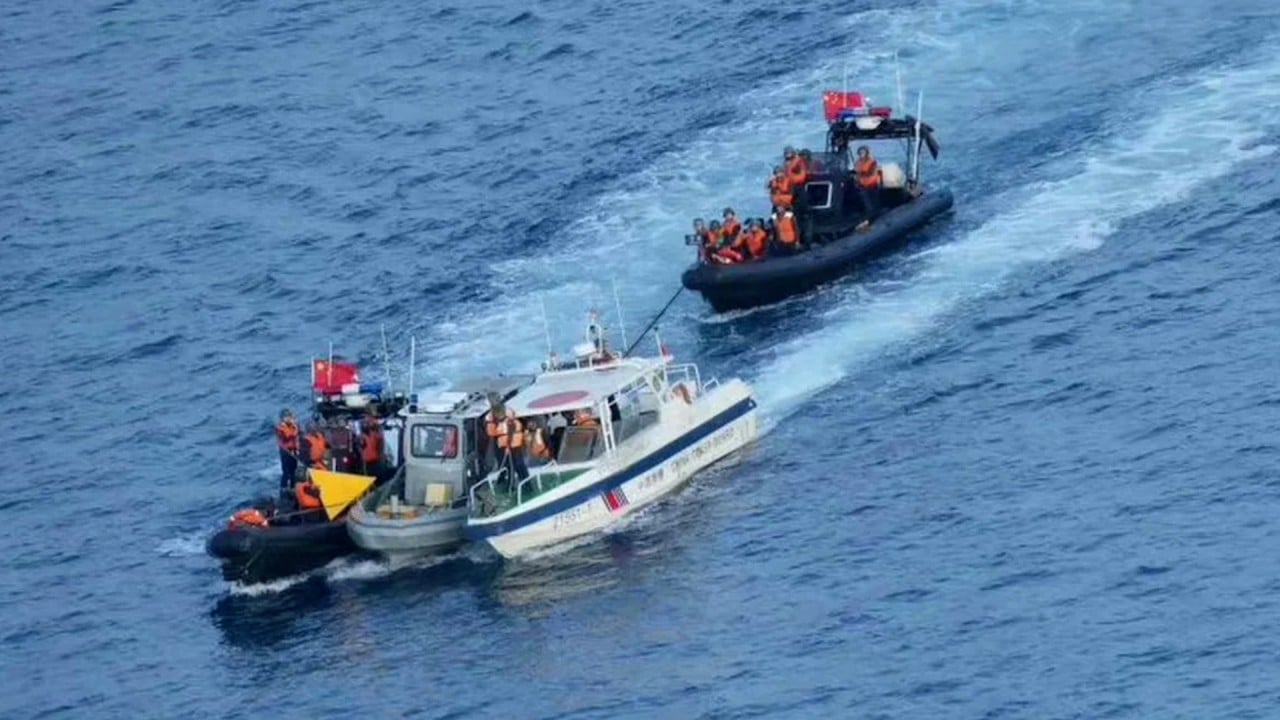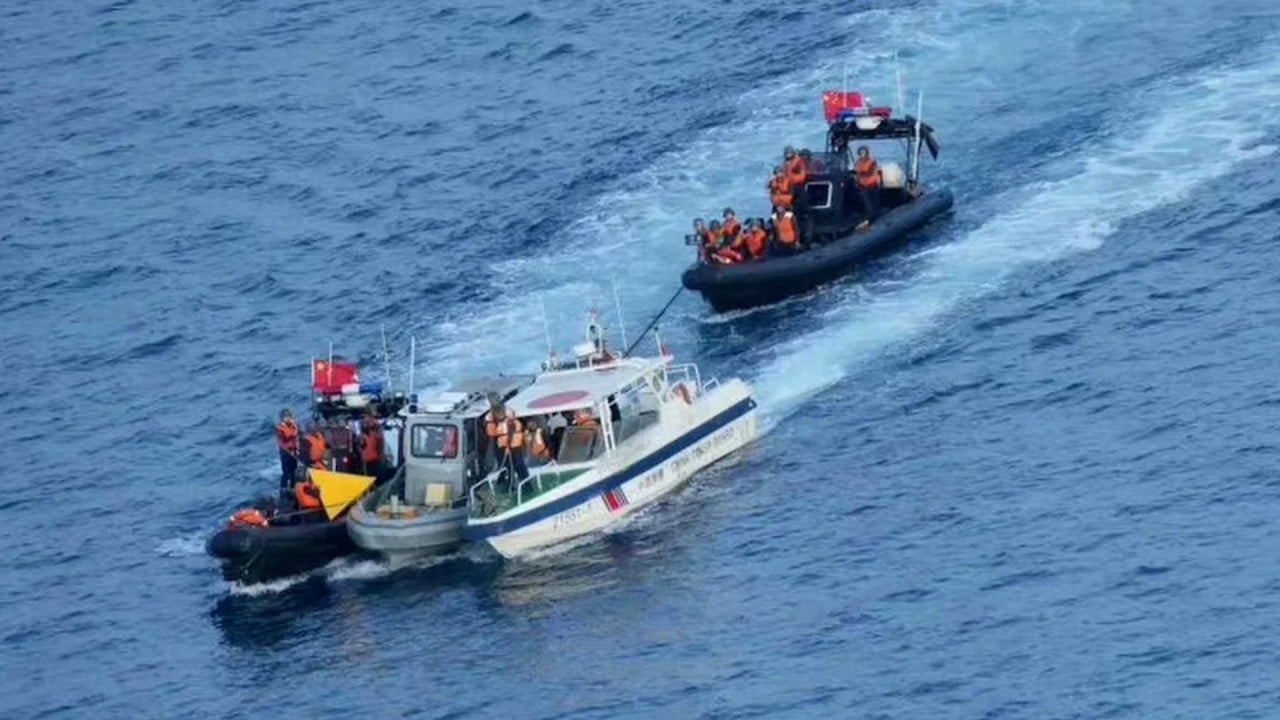Despite pledges to de-escalate tensions in the South China Sea, analysts and sources familiar with Beijing and Manila’s negotiations allege that China is exploiting the bilateral talks as a strategy to legitimise its control over disputed maritime territory in the Philippines’ exclusive economic zone.
Following the latest round of the China-Philippines Bilateral Consultation Mechanism (BCM) on the South China Sea, held in Manila on July 2, the Philippine government acknowledged that “significant differences remain” between the two countries’ positions.
The Philippine foreign ministry vowed to be “relentless in protecting its interests and upholding its sovereignty, sovereign rights and jurisdiction in the West Philippine Sea” – the local designation for the parts of the South China Sea claimed by Manila.
In contrast, China’s foreign ministry said the two sides had a “candid and constructive exchange of views” during the BCM, while reasserting Beijing’s sovereignty over the Spratly Islands, including the Second Thomas Shoal – territory that falls within the Philippines’ exclusive economic zone, according to a 2016 international arbitral ruling.
The ruling by the United Nations International Tribunal on the Law of the Sea (ITLOS) rejected China’s expansive “nine-dash line” claims over much of the South China Sea. However, Beijing has dismissed the tribunal’s decision as illegitimate, since it did not participate in the arbitration, and maintains its sovereignty assertions over areas within the Philippines’ exclusive economic zone.
‘New status quo’
A senior government source familiar with the negotiations, speaking anonymously as they were not authorised to discuss the matter publicly, accused China of trying to “impose a habit and status quo on Filipinos that it is right for them to be [within the Philippines’ exclusive economic zone], and that we have to ask their permission and coordinate with them” regarding the Second Thomas Shoal.
The source said the Philippine government’s diplomatic objective is to “resolve the dispute”, but asserted that China’s true goal is to compel Manila to accept the status quo in which Beijing controls and occupies parts of Philippine territory.
In 1999, the Philippines grounded the World War II-era BRP Sierra Madre warship on the Second Thomas Shoal to serve as a military outpost strengthening its position in the disputed region. The outpost has recently become a flashpoint between the two countries.
A routine resupply mission to the outpost turned violent on June 17 when Chinese vessels allegedly rammed a Philippine special forces boat, causing a soldier to lose his thumb in the chaos.
Beijing alleges the resupply missions are intended to reinforce the Philippines’ position on the shoal and claims they violate a “secret” agreement made with Manila earlier this year, as well as Asean’s 2002 declaration that all parties should maintain the status quo in the South China Sea.

Manila has denied entering any agreement with China, noting the BRP Sierra Madre’s 1999 beaching predated the Philippines’ signing of the Asean declaration.
The senior government source accused China of a pattern where “they come, use force, occupy, the tension goes up, then they apply diplomacy … to deflect international tension, and then tension goes down. But at the end of the day, they are there, and the new status quo is generated.”
The source argued this aligns with China’s “policy of aggression” – seizing features in the Paracel Islands from Vietnam in the 1970s, where “more than 50 died, and the world did not complain”, and now attempting to control the Second Thomas Shoal, Scarborough Shoal and Sabina Shoal, all within the Philippines’ exclusive economic zone.
Another government source pointed to Mischief Reef as an example of China normalising its territorial seizures. In 1994, China told the Philippines it was building a fishermen’s shelter, but by 1995 it had transformed the site into a reinforced bunker, despite Manila’s protests. Today, it is a sprawling military island with a runway, radar equipment, anti-aircraft weapons and missile defences.
Justifying control
Lucio Blanco Pitlo, president of the Philippine Association of Chinese Studies and Research fellow at Asia Pacific Pathways to Progress, told This Week in Asia that while Beijing had indeed used negotiations to consolidate control over Mischief Reef, China’s “near control” of Scarborough Shoal resulted from the Philippines filing its arbitration case with ITLOS.
He noted that Beijing’s attempts to seize the shoal occurred between the Philippines filing its case in 2013 and the 2016 decision.

“China pounced on the Philippine arbitration to justify controlling though not yet physically occupying” Scarborough Shoal, Pitlo said. “Portraying the Philippine move as lawfare, China capitalised on it to form new land in the sea.”
He explained that once a feature in the South China Sea is occupied, the only way to dislodge the occupier is “through force or deception”. So claimants invest in building infrastructure and fortifying outposts to cement their control, “make new facts on the ground” and deny rivals opportunities to “upset the status quo”.
Chester Cabalza of the International Development and Security Cooperation think tank in Manila said China had agreed to the BCM because Manila was getting stronger, backed by the US and its allies. He suggested that binding terms should have been agreed upon to hold Beijing accountable for any breaches.
Cabalza also noted that China’s post-BCM statement effectively claimed ownership of the entire West Philippine Sea, which he called “false and disinformation”.



